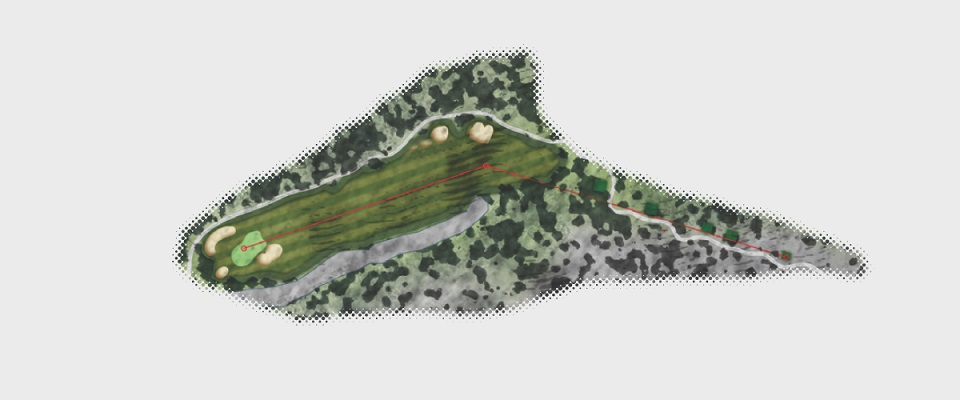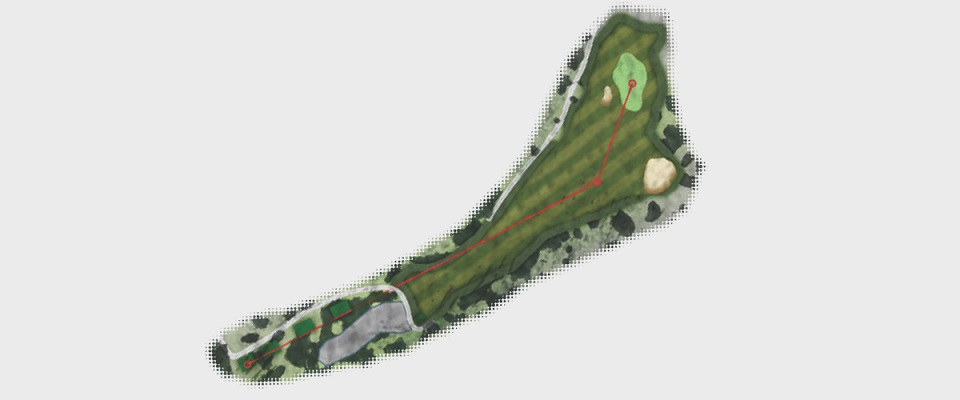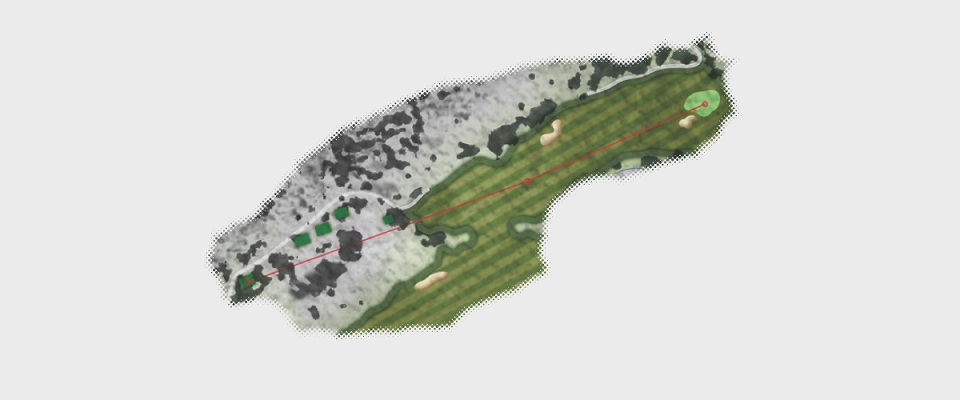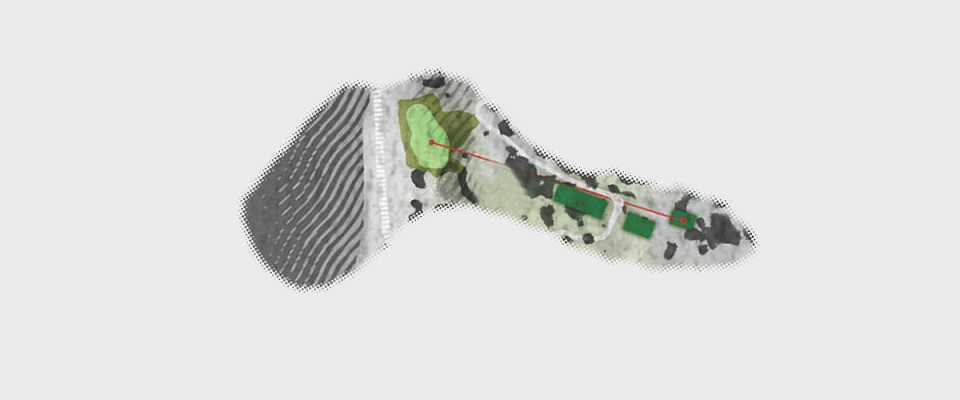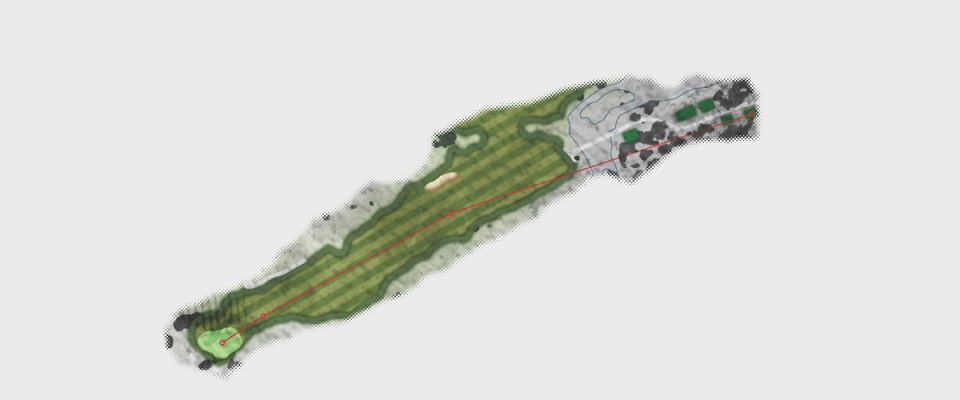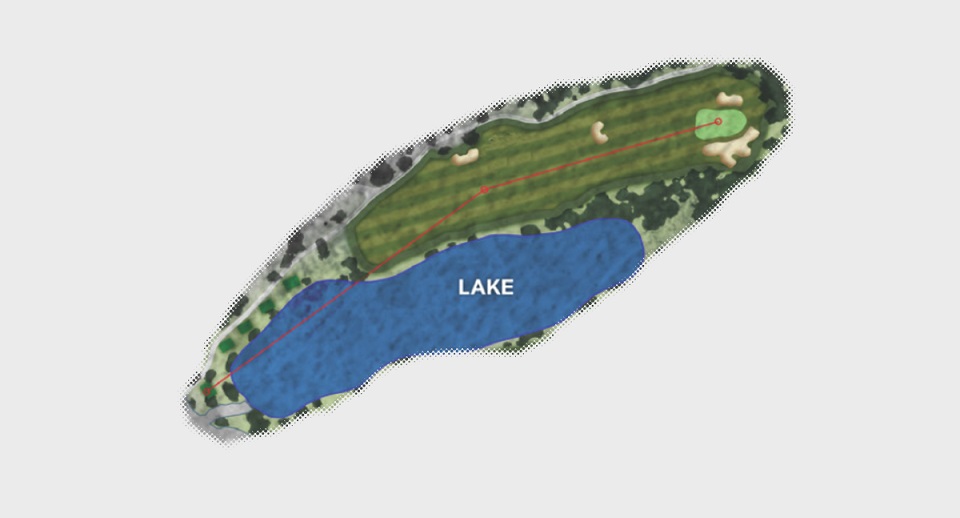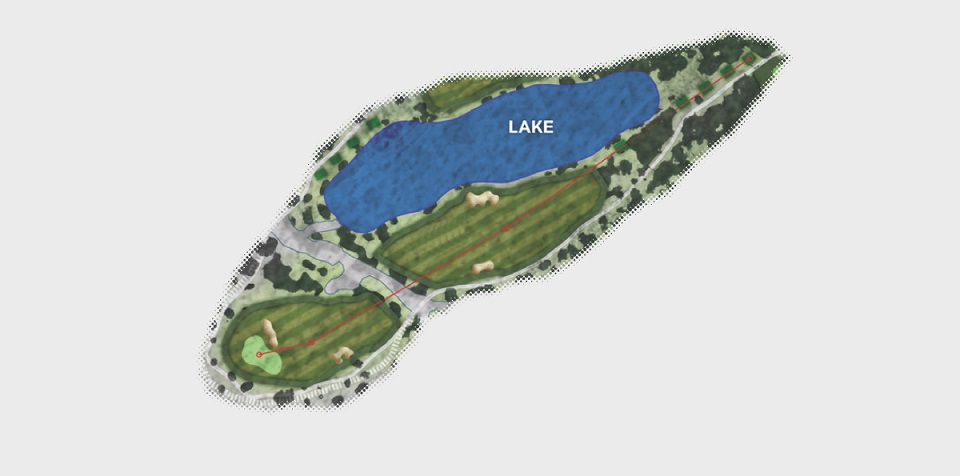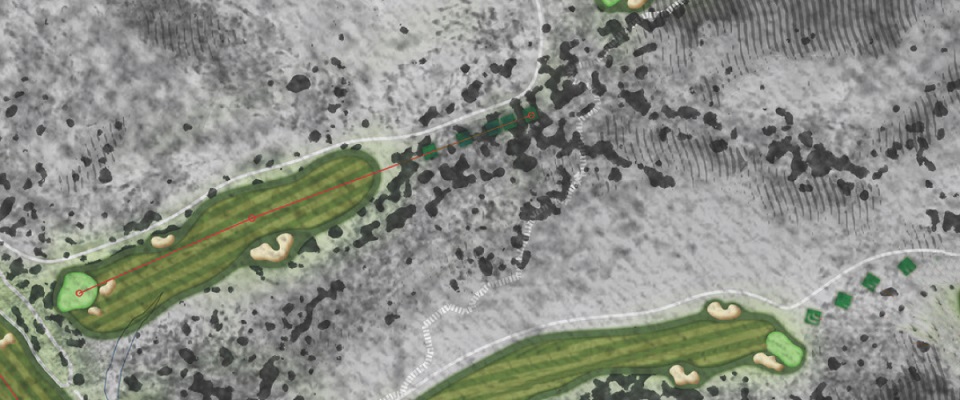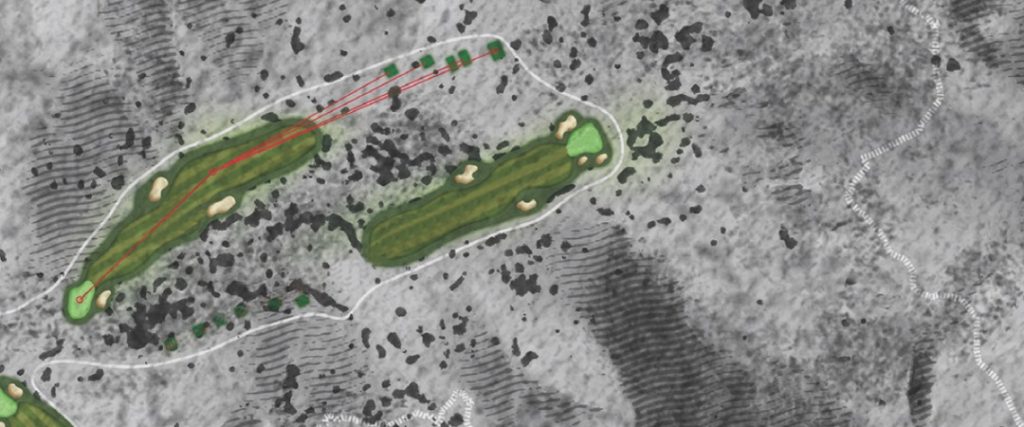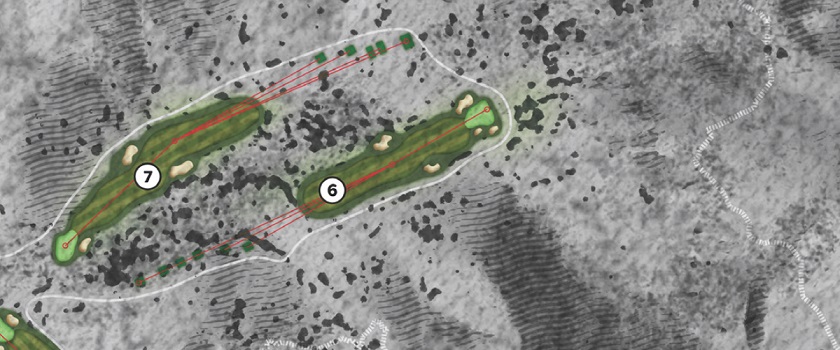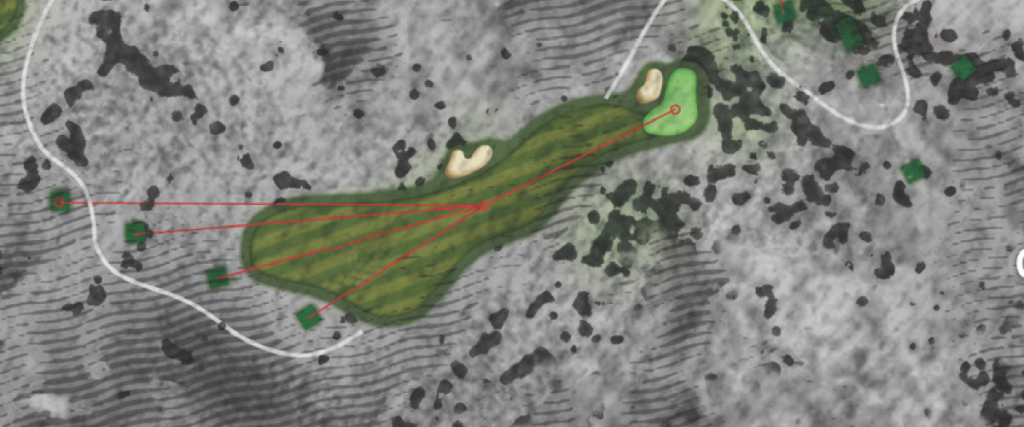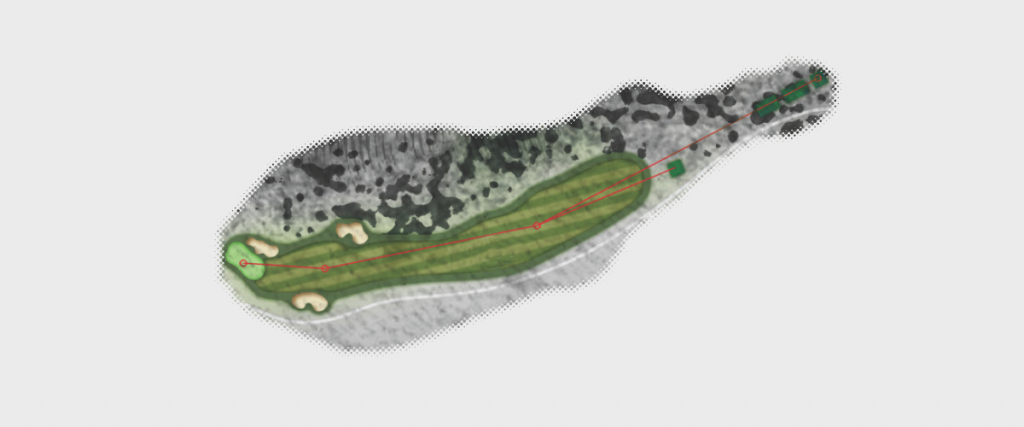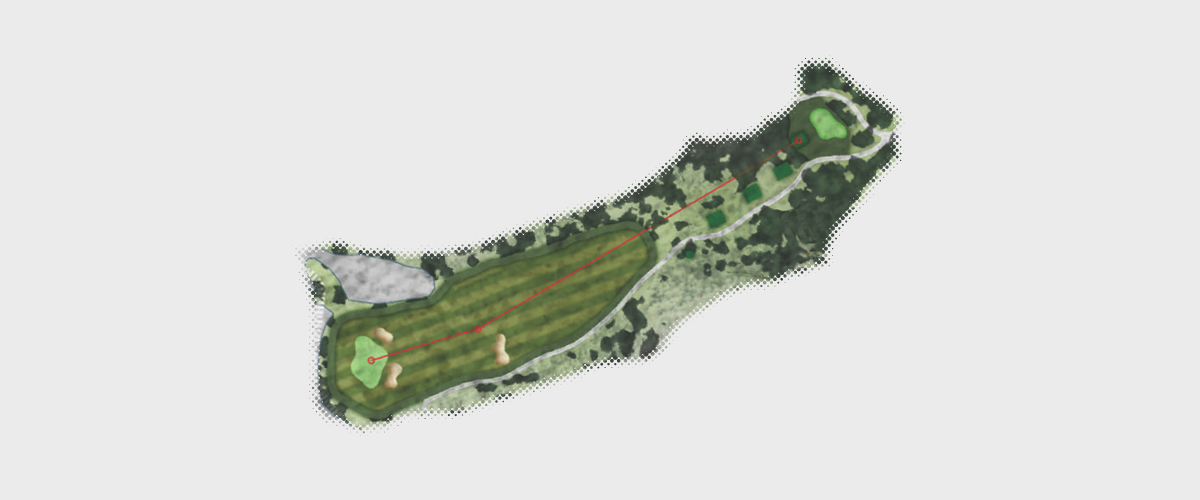“The man who can putt is a match for anyone.”
This well-known quote is attributed to Willie Park Jr., a highly regarded Scottish golf champion and course architect (1864 – 1925). It applies to women as well as men.
Park’s observation highlights the vital importance of putting in the game of golf, suggesting that a skilled putter can overcome his opponents, regardless of their other strengths. World-beaters like Jack Nicklaus, Tiger Woods (and now Scottie Scheffler) combine skillful shot-making and superior course management with clutch putting to achieve success.
While’s there’s so much focus on the full swing these days, the fact remains, of the 14 clubs in the bag, the putter is used roughly 41% of the time (including from the fringe) during a round of golf.
As three-time major winner Nick Price says, “Putting is probably the most important thing in the game. It’s that classic argument you always hear, but it’s true. You can hit the ball great, but if you can’t make anything, it’s so deflating. The psychological aspect is huge.”
Here’s golf legend Arnold Palmer on the subject: “Putting is like wisdom– partly a natural gift and partly the accumulation of experience.”


Stop Wasting Time on the Practice Putting Green
The good news is, you don’t need to grind for hours to accumulate that experience in order to improve your putting. What you need to do, according to a recent Golf Digest tutorial, is practice smarter.
Dr. Sasho MacKenzie, a sports biomechanist, believes lasting improvement is possible with less than an hour of practice each week–as long as you practice the right way.
“If you can get two 15-minute sessions in a week, adding up to a half-hour, that’s going to be massive,” says MacKenzie, one of the game’s savants.
While most people practice putting by whacking a few balls around, MacKenzie says the key is to focus your time on the putts that statistics show matter most.
“Based on (statistician) Mark Broadie’s research with strokes gained, we know the putts that separate good putters from bad putters,” he explains. “It’s not 30-footers, and it’s not three-footers. Putts between four and seven feet are the biggest difference makers.”
To get the most out of your 15 minutes of practice, MacKenzie proposes a targeted session where you hit short putts of varying break and speed.


Here is MacKenzie’s prescription for the 6-5-4-3 putting warmup:
- Six putts between four and seven feet
- Five putts between eight and 11 feet
- Four putts between 11 and 17 feet
- Three putts between 17 and 30 feet


Sinking Shorter Putts Will Lower Your Score
The reason these shorter putts are so crucial to scoring is something course-management guru Scott Fawcett calls the “three-foot, eight-foot, 32-foot idea.” From three feet, PGA Tour players average a shade over one stroke to hole out. From eight feet, however, they average about 1.5 strokes to hole out, meaning they make roughly 50 percent of those putts.
So when a tour player moves from three to eight feet, they’ve essentially lost half a stroke. However, this trend doesn’t continue at the same rate as putts get longer. The next half stroke isn’t lost until you get 32 feet away. In other words, “You lose your first half shot of value in five feet—going from three to eight feet away. You lose your next half shot of value going all the way from eight feet to 32 feet,” Fawcett states.
Translation: Short putts are really, really important to scoring. Trying to make more mid-range putts, like 25 or 30 footers, is less important. These statistics are why MacKenzie believes emphatically that most of your putting practice should be on shorter putts. You can work on distance control on longer putts if you have extra time, but the short ones should be the first priority. Because these are the ones that can actually lower your score.
Crucial to this plan is practicing uphill and downhill putts as well as putts that break right or left. Each putt, even the ones at the same distance, should be from a different spot so that you aren’t grooving your stroke on one specific line.
“It’s not random, even though it appears random,” MacKenzie says. “We are systematically targeting the types of putts that matter most. It’s practicing smarter, not just longer.”







